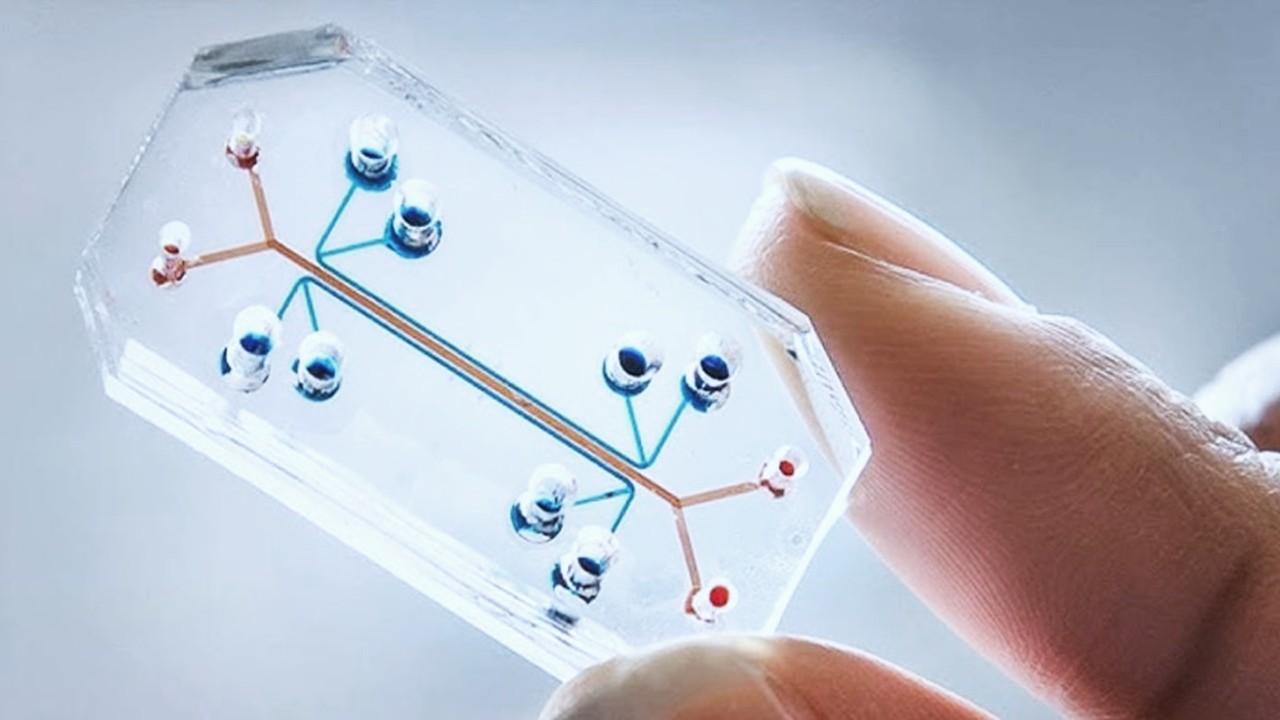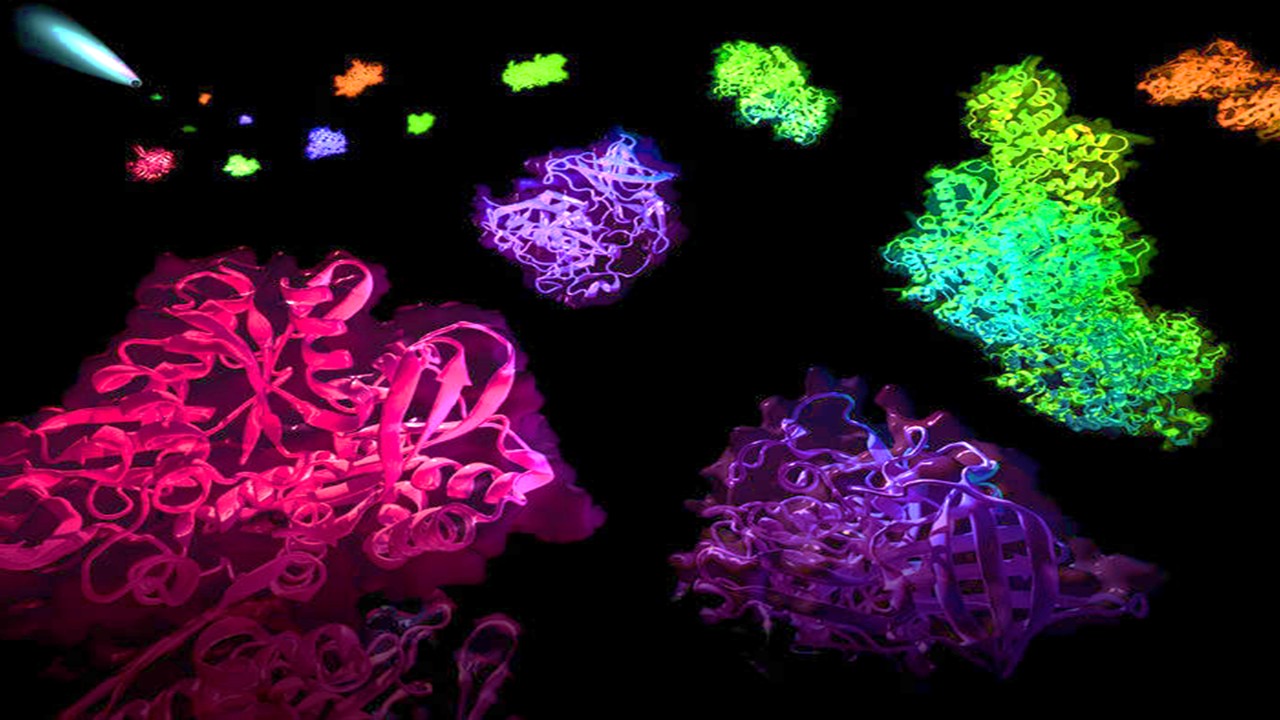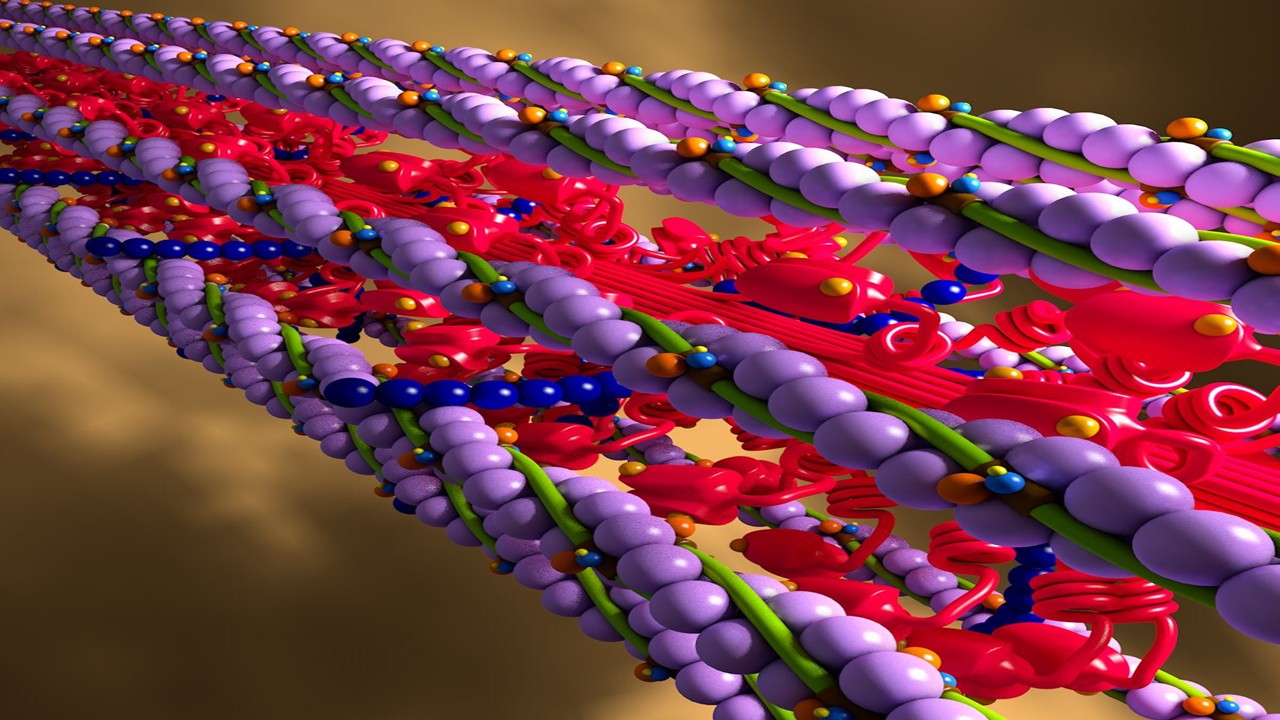For decades, drug metabolism and pharmacokinetics (DMPK) has been at the core of drug discovery. It focuses on understanding the journey of a drug once it enters the body: its absorption, distribution, metabolism, and eventual elimination. This discipline forms the backbone of drug development, providing critical insights into how compounds interact with biological systems. What was once a simple, descriptive field has evolved into a highly mechanistic science. The study of drug-metabolizing enzymes (DMEs), transporters, and their regulators has driven innovation, not only in DMPK but also in biochemistry, pharmacology, and genetics.
Historically, DMPK was about determining whether a compound would be absorbed into the bloodstream and, if so, how long it would last. But today, researchers are concerned with deeper, more nuanced questions. They are dissecting the molecular pathways that influence drug exposure, variability between individuals, and even organ-specific interactions. These insights are shaping how drugs are designed and optimized before ever reaching clinical trials. The pursuit of mechanistic understanding has advanced the field far beyond simple pharmacokinetics. DMPK is now indispensable throughout the entire drug development process, from early-stage discovery to post-marketing surveillance.
Modern Drug Discovery: A Multi-Stage Process
The process of drug discovery is a multifaceted journey that unfolds in distinct phases. It begins with identifying “hits,” or molecules with some activity against a target, and refining these into “leads” with promising properties. From there, lead optimization seeks to improve the pharmacological and ADME-PK (Absorption, Distribution, Metabolism, Excretion-Pharmacokinetics) characteristics, culminating in the selection of a drug candidate. Preclinical development tests the compound in biological systems, followed by clinical development in human trials. Finally, successful candidates navigate the regulatory process and reach the market, with post-marketing surveillance ensuring long-term safety and efficacy.
Each of these stages is steeped in scientific complexity, but what distinguishes the modern drug discovery process from earlier eras is its reliance on high-throughput screening (HTS). In the past, testing was slower and more labor-intensive. Now, thanks to technological advancements, thousands of compounds can be rapidly screened for desirable ADME-PK properties. This shift has reshaped how DMPK fits into drug discovery, making it an essential part of every phase, especially early on when poor ADME characteristics can doom a potential drug before it gets off the ground.
High-Throughput Screening and Its Paradox
In theory, HTS should have revolutionized drug discovery by accelerating the pipeline from bench to bedside. By allowing vast numbers of compounds to enter testing funnels, HTS was expected to shorten timelines and increase the number of successful drugs. However, reality has not lived up to this promise. Instead of reducing the time it takes to develop a drug, HTS has exposed a new set of challenges. While more compounds can be tested, the sheer volume of data requires advanced analytical methods to ensure that only the most promising candidates move forward.
Moreover, the role of DMPK scientists has shifted. Rather than merely describing how a compound behaves in the body, they now focus on predicting and optimizing these behaviors. The field has grown more quantitative and mechanistic, with advances in pharmacogenetics, pharmacogenomics, and drug transporter research contributing to a more detailed understanding of drug interactions and variability between patients. The integration of DMPK into the drug discovery paradigm ensures that drugs are designed not only for efficacy but also for safety and tolerability, right from the earliest stages.
Challenges in Clearance Prediction for Small-Molecule Drugs
A critical part of lead optimization involves predicting how long a drug will stay in the body—its clearance rate. For small-molecule drugs, this is especially challenging because multiple enzymes, transporters, and pathways are involved. Cytochrome P450 (CYP) enzymes, particularly, have been the focus of much research, and predicting their role in drug metabolism has become increasingly accurate. However, non-CYP enzymes—such as uridine 5′-diphospho-glucuronosyltransferases (UGTs), sulfotransferases (SULTs), and aldehyde oxidases (AOs)—also play significant roles in drug clearance and often complicate predictions.
The ability to forecast how a drug will be metabolized by these enzymes is crucial, as mispredictions can lead to suboptimal dosing, unexpected drug-drug interactions (DDIs), or even adverse effects. Advances in proteomics and physiologically based pharmacokinetic (PBPK) modeling have allowed for more accurate predictions, but there remain areas, especially among the lesser-studied CYP enzymes and non-CYP pathways, where improvements are still needed.
For example, while CYP enzymes handle the metabolism of most small molecules, enzymes like UGTs and SULTs are responsible for modifying and preparing many drugs for excretion. Each enzyme family has its intricacies, from UGTs’ conjugation of glucuronic acid to drug molecules to SULTs’ sulfonation processes. Understanding these mechanisms allows scientists to make more informed predictions about how a drug will behave in vivo, but the challenge lies in the complexity of these enzyme systems and their variability across species and individuals.
Non-CYP Enzymes: A Diverse Cast of Characters
Beyond the well-known CYP enzymes, several other enzymes contribute to drug metabolism, each with its unique characteristics and challenges. UGTs, for instance, add a polar group to drugs, making them easier to excrete. However, their high variability across individuals and species makes it difficult to generalize findings from preclinical models to humans. Similarly, sulfotransferases (SULTs) add sulfonate groups to drug molecules, further modifying their structure and aiding in elimination.
Other enzymes like aldehyde oxidase (AO) play specialized roles in drug metabolism, particularly in the oxidation of nitrogen-containing compounds. But predicting AO-mediated clearance is notoriously difficult due to significant differences in enzyme activity across species. Carboxylesterases (CESs) and amidases, which hydrolyze esters and amides, respectively, also present unique challenges. While they are essential for metabolizing certain drug classes, predicting their activity in humans can be tricky due to variability in tissue distribution and enzyme expression.
Each of these enzymes represents a potential roadblock in drug development. A misstep in predicting their activity could lead to an otherwise promising drug failing in late-stage trials, making their accurate characterization essential to modern DMPK studies.
The Future of Drug Discovery: Integrating DMPK into Early Design
As drug discovery continues to evolve, the integration of DMPK science into early drug design becomes increasingly important. Gone are the days when DMPK studies were relegated to the later stages of development. Today, understanding how a drug will be absorbed, metabolized, and cleared is central to selecting and optimizing lead compounds. This shift toward a more holistic view of drug development, where pharmacokinetics and drug metabolism are considered from the outset, has dramatically improved the efficiency and success rates of drug discovery.
New tools, such as advanced PBPK modeling and high-resolution proteomics, have provided unprecedented insights into how drugs interact with biological systems. The ability to predict drug-drug interactions, organ-specific exposure, and individual variability in drug response allows for the design of safer, more effective therapies. As the field continues to progress, the integration of pharmacogenetics and genomics promises even greater precision in drug development, tailoring therapies to individual patients based on their unique genetic makeup.
In this modern era, DMPK is no longer just a supporting player in drug discovery; it is a key driver of innovation. As researchers push the boundaries of what is possible, DMPK science will continue to shape the future of medicine, ensuring that the drugs of tomorrow are not only effective but also safe and personalized.
Engr. Dex Marco Tiu Guibelondo, B.Sc. Pharm, R.Ph., B.Sc. CpE
Editor-in-Chief, PharmaFEATURES

Subscribe
to get our
LATEST NEWS
Related Posts

Medicinal Chemistry & Pharmacology
Invisible Couriers: How Lab-on-Chip Technologies Are Rewriting the Future of Disease Diagnosis
The shift from benchtop Western blots to on-chip, real-time protein detection represents more than just technical progress—it is a shift in epistemology.

Medicinal Chemistry & Pharmacology
Designing Better Sugar Stoppers: Engineering Selective α-Glucosidase Inhibitors via Fragment-Based Dynamic Chemistry
One of the most pressing challenges in anti-diabetic therapy is reducing the unpleasant and often debilitating gastrointestinal side effects that accompany α-amylase inhibition.

Medicinal Chemistry & Pharmacology
Into the Genomic Unknown: The Hunt for Drug Targets in the Human Proteome’s Blind Spots
The proteomic darkness is not empty. It is rich with uncharacterized function, latent therapeutic potential, and untapped biological narratives.

Medicinal Chemistry & Pharmacology
Aerogel Pharmaceutics Reimagined: How Chitosan-Based Aerogels and Hybrid Computational Models Are Reshaping Nasal Drug Delivery Systems
Simulating with precision and formulating with insight, the future of pharmacology becomes not just predictive but programmable, one cell at a time.
Read More Articles
Myosin’s Molecular Toggle: How Dimerization of the Globular Tail Domain Controls the Motor Function of Myo5a
Myo5a exists in either an inhibited, triangulated rest or an extended, motile activation, each conformation dictated by the interplay between the GTD and its surroundings.











